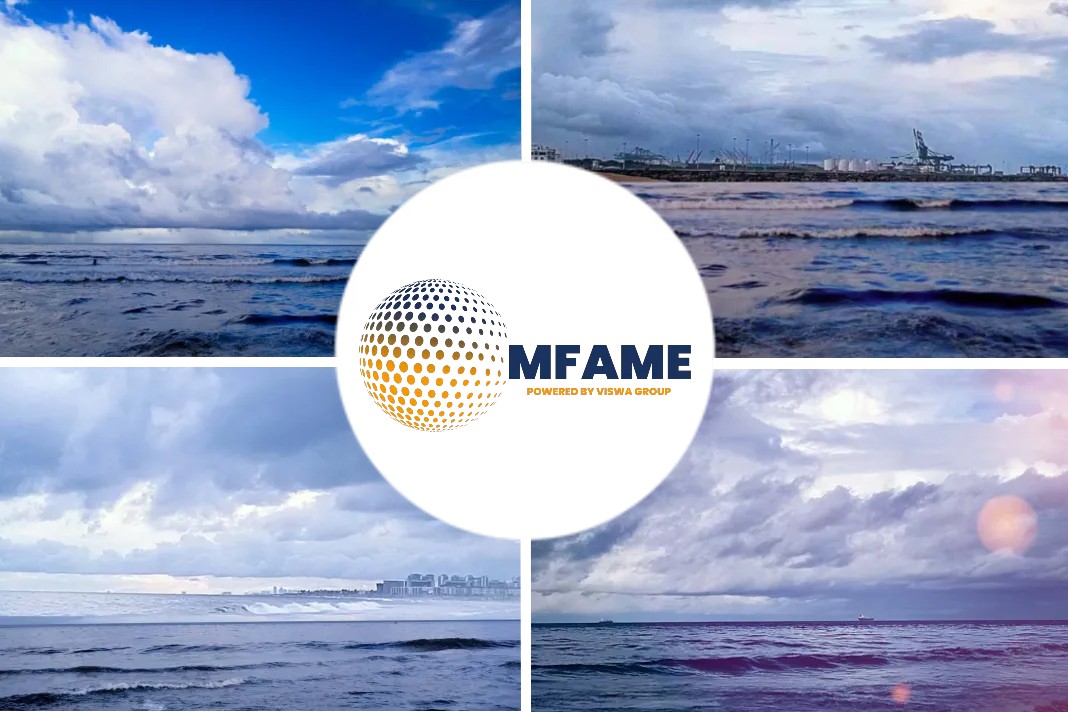Many of the startups aim to disrupt traditional freight operations, and some shipping businesses are responding with their own investments to keep up with the fast-moving digital trends.
A.P. Moller-Maersk’s Investment Fund
Denmark’s A.P. Moller-Maersk A/S has an investment fund, Maersk Growth, backing tech startups in areas such as warehousing and customs clearance. More than three-quarters of Maersk’s earnings now come from ships moving containers, but Chief Executive Soren Skou has said he wants the split to be more even between ocean and inland distribution services over the next couple of years.
CMA CGM’s Investment Fund
Rival container line CMA CGM SA has a venture fund that invests in 10 to 20 supply chain-focused startups a year and in 2018 set up a startup incubator called Zebox focused on technologies like artificial intelligence and cybersecurity that can be used in transportation operations.
Future Scope
Singaporean officials see the technology trends increasingly affecting shipping, and they have a big stake in the flow of goods.
The city-state is home to the world’s second-busiest port behind Shanghai, according to the World Shipping Council, handling 36.9 million containers in 2020. It is also the biggest transshipment hub for giant vessels sailing from Asia to Europe and is building a large, fully-automated port terminal it believes will be a model for how big ocean gateways will look in the future.
Karatzas CEO’s inference
“Shipping is considered a strategic industry in Singapore and they implement policies conducive to enhancing its role as a maritime cluster where shipowners, charterers, brokers, banks and maritime law firms from across the world have set up shop and do business,” said Basil Karatzas, chief executive of New York-based Karatzas Marine Advisors & Co.
Efficient Data handling Update
The new investments will go toward such things as creating or updating applications that give live feeds on where containers are and when they will be moved, paying freight bills on a cellphone and clearing customs before vessels call in to dock.
“We have spent hundreds of years perfecting the physical movement of cargo, but we are only scratching the surface in terms of how we efficiently handle the movement of data,” said Lars Jensen, chief executive of Copenhagen-based SeaIntelligence Consulting.
Singapore Plan’s Aiming
Mr. Chee said Singapore will raise its cap for co-funding small and medium-size enterprises for maritime technology to 70% from the current 50% to encourage players to “share expertise and resources to co-develop scalable solutions.” The Singapore plan aims to more than triple the maritime startups there from 30 now to 100 by 2025.
Such subsidies aren’t generally available in other maritime centers like Hong Kong, Greece, Germany and Denmark.
The state has a big stake in the outcome of such businesses.
Development impact ideas
Singapore’s port plays a pivotal role in global trade, but companies increasingly talk about spreading more manufacturing outside Asia to minimize their risks and lower logistics costs. New technology tools that help improve efficiency and speed trade flows may have a significant impact on sourcing and the direction of shipping in the future.
Globalization “will be under pressure, but the imperative for countries to cooperate, for businesses to operate across many geographies and serve markets around the world, I don’t think it is going to disappear,” Singapore Prime Minister Lee Hsien Loong told the BBC last month.
Did you subscribe to our daily newsletter?
It’s Free! Click here to Subscribe!
Source : The Wall Street Journal

















